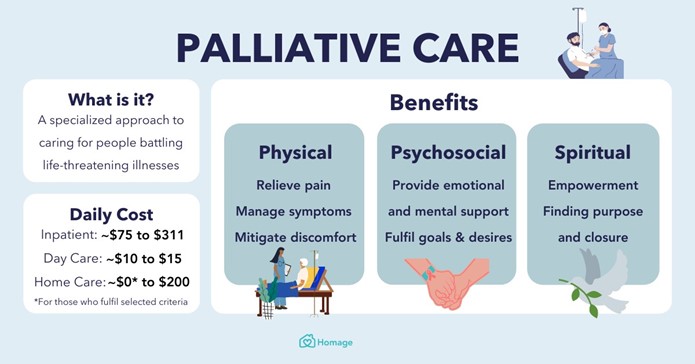A nurse is performing a skin assessment on an older adult client. Which of the following findings should the nurse expect?
Increased skin elasticity
Reduced sweat production
Increased production of oils
Thickened outer layer of skin
The Correct Answer is B
The correct answer is that the nurse should expect to find reduced sweat production when performing a skin assessment on an older adult client. As we age, our skin gradually loses its ability to produce sweat and oil, which can result in dry skin¹.
Options a, c and d are not expected findings when performing a skin assessment on an older adult client. Increased skin elasticity, increased production of oils and thickened outer layer of skin are not typical age- related changes.
Nursing Test Bank
Naxlex Comprehensive Predictor Exams
Related Questions
Correct Answer is A
Explanation
When providing end-of-life care for a client, the nurse should encourage the client to make choices regarding their hygiene. This allows the client to have some control over their care and can help them feel more comfortable.
Option b is incorrect because offering the client sips of a citrus flavored soda may not be appropriate for all clients and should be based on individual preferences and needs.
Option c is incorrect because positioning the client supine in bed may not be comfortable for all clients and should be based on individual preferences and needs.
Option d is incorrect because suctioning the client's airway every hour may not be necessary and should be based on individual needs.

Correct Answer is C
Explanation
The nurse should arrange for a video conference with an interpreter who speaks the client's language to provide discharge instructions. This ensures that the client receives accurate and complete information in a language they understand. The other
a. Assistive personnel may not be trained or qualified to provide medical interpretation.
b. Family members may not have the necessary medical knowledge to accurately translate medical information.
d. Simply indicating printed instructions in the client's language may not be sufficient to ensure the client understands the information.
Whether you are a student looking to ace your exams or a practicing nurse seeking to enhance your expertise , our nursing education contents will empower you with the confidence and competence to make a difference in the lives of patients and become a respected leader in the healthcare field.
Visit Naxlex, invest in your future and unlock endless possibilities with our unparalleled nursing education contents today
Report Wrong Answer on the Current Question
Do you disagree with the answer? If yes, what is your expected answer? Explain.
Kindly be descriptive with the issue you are facing.
